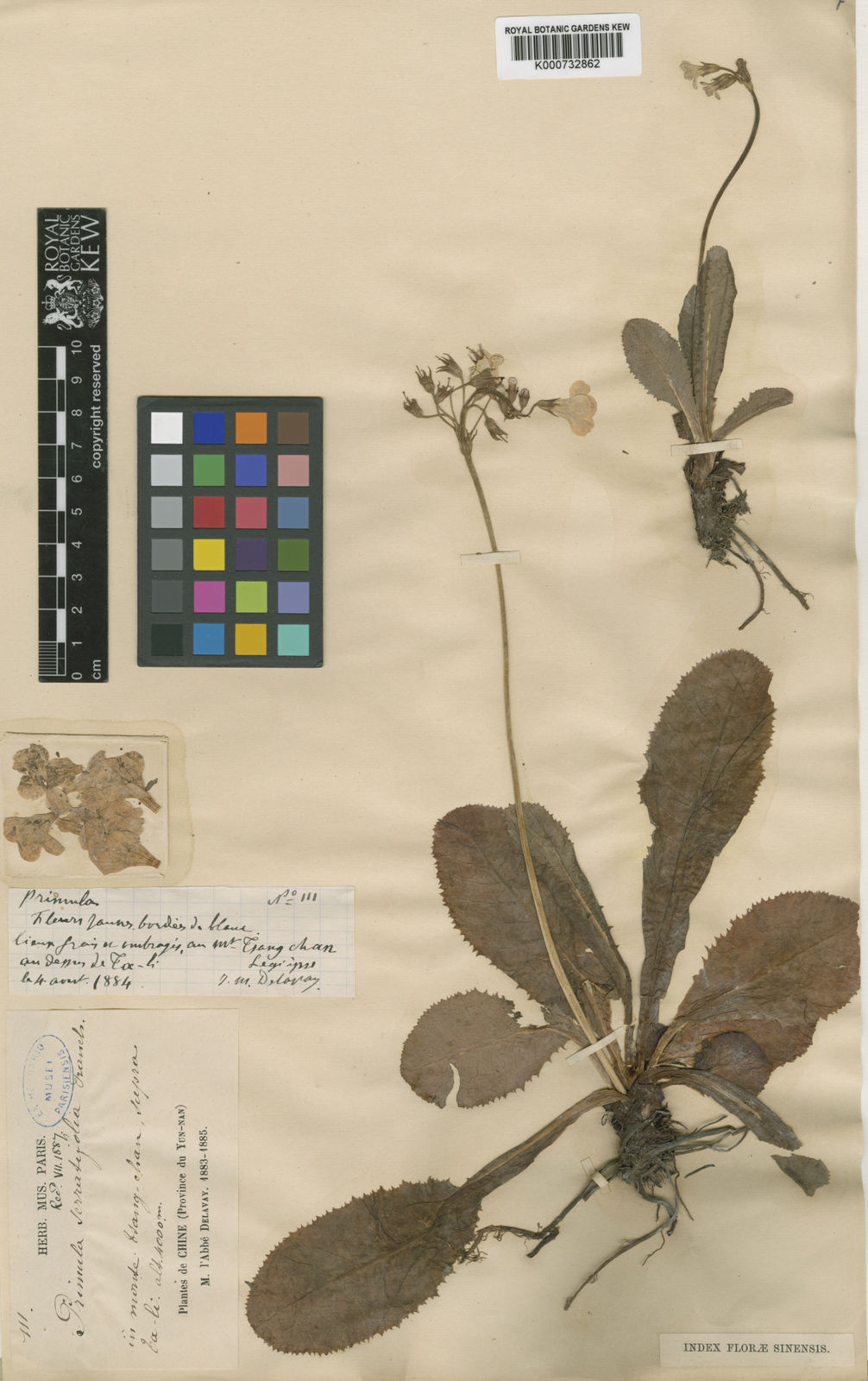

Species Index Vol 1 through Vol 34, issue No.Propagating Asiatic Primula by Leaf Cuttings.Cultivation and Propagation: Primula vulgaris.Traditional Show Standards for Gold Laced Polyanthus.Flowers were originally described as rosy-crimson with a white eye, but now include varieties with a large number of additional colors including yellow, pink, red, purple and white. The Organization of the American Primrose Society Primula × pubescens features bright, 5-lobed, spring flowers on compact plants typically growing to no more than 8 tall.Bringing Primula enthusiasts together since 1941.If you are looking for general flower growing articles, you can check out the Green Pinky Palinuri – of the promontory in southern Italy (Palinurus was the pilot on Aeneas’ ship) Bulley, owner of Bees nursery and plant-hunter patron Here below is a list of a number of our primulas, most of them species plants, and their meanings:īeesiana – named for Bees nursery, Englandīulleyana – named for Mr. Cultivars of Primula × pubescens Primula hirsuta × Primula auricula.
#PRIMULA AURICULA PUBESCENS FREE#
Very often it gives us a clue as to some outstanding characteristic. From Wikimedia Commons, the free media repository. Knowing meanings of names of the plants we grow should be of real interest to all of us. If germination does not occur after 34 weeks a cooling period of 24 weeks is recommended. Sowing Direction: (9) These seeds germinate rapidly depending on species and origin. This hybrid is also thought to have given rise to auriculas. A hybrid between these two species occurs naturally and has been developed into an attractive range of plants known as Primula x pubescens. Most of the Primula names refer to a trait of the plant that caught the eye of the one who named it. you will need a larger quantity): 1 Gram. In the wild Primula auricula grows with Primula rubra which is a non-mealy plant with rosy pink flowers and a white eye. A Latin version sufficiently accurate to identify this plant should accompany the description and the name should be Latinized. The first person who accurately describes a species and has it printed where it is readily available to the general public, especially to various botanical institutions, has the right to name it. No doubt most of us have wondered just who is responsible for the naming of our plants and why so often they appear so long and complex and seemingly unpronounceable. It was reprinted in the 60th anniversary issue, winter 2002, page 36.) (This article first appeared in the summer 1972 issue of the Primroses Quarterly.


 0 kommentar(er)
0 kommentar(er)
